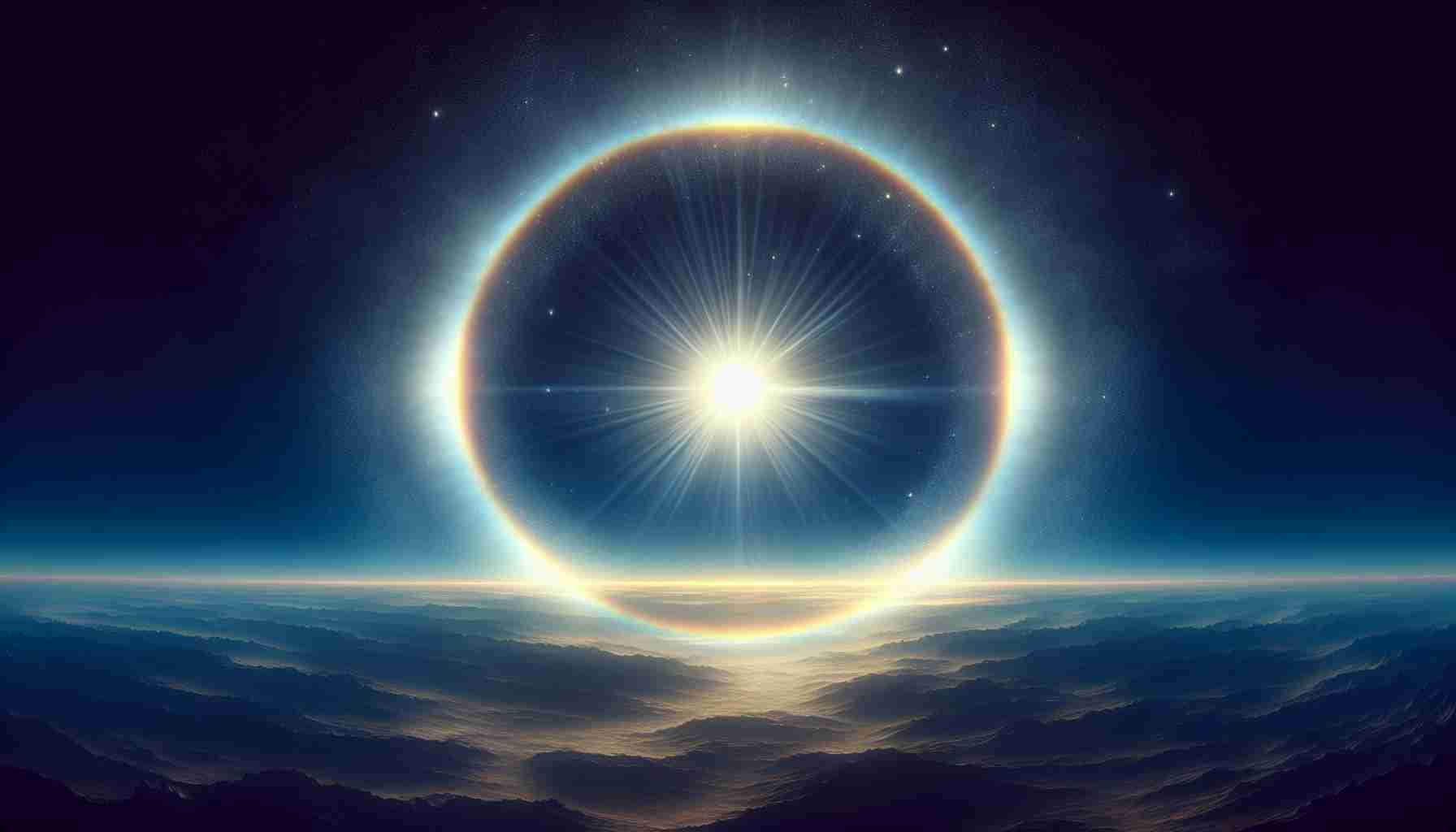During one of my walks by the harbor, I was accompanied by an energetic Springer Spaniel named Connie. It was one of those perfect Portobello afternoons where the air had a touch of magic. Suddenly, Stephen Hawking’s words echoed in my head: “Remember to look up at the stars and not down at your feet. Try to make sense of what you see and wonder about what makes the universe exist. Be curious.”
I immediately turned my gaze towards the sky. Despite a few delicate clouds dimming its brightness, the sun was putting on a grand show. To my delight, a perfect pearly halo of light appeared around our nearest star, with inner shades of red and outer shades of blue. I witnessed a 22-degree solar halo, one of my favorite atmospheric spectacles. I quickly took out my phone and camera to capture this extraordinary sight.
A 22-degree halo may sound like a rare phenomenon, but it is actually quite common. It occurs when ice crystals refract sunlight in high-altitude cirrostratus clouds. Since the crystals have a random orientation in the clouds, no two halos are identical. Sometimes the colors are vibrant and distinct, while other times the halo appears colorless. I have noticed that the inner shades of red always catch attention, standing out against the azure sky due to the behavior of red light in the atmosphere.
Since moving to New Zealand, I have been fortunate to observe halos around the sun, moon, and even Venus and Jupiter.
Throughout history, the appearance of halos has been considered a celestial warning, a sign of approaching rain or storms.
Growing up in England, I was familiar with the old saying: “If there’s a circle around the moon, rain is coming soon.”
There is some scientific wisdom in this folk belief, as cirrostratus clouds, the same ones responsible for halos, can indicate impending weather changes.
So there you have it – a walk with Connie turned into an atmospheric escapade, reminding me to always lift my gaze and embrace the wonders that the sky offers.
Below are some frequently asked questions about solar halos:
1. What is a 22-degree solar halo?
A 22-degree solar halo is an atmospheric phenomenon where ice crystals refract sunlight in cirrostratus clouds. It creates a perfect pearly halo of light with inner shades of red and outer shades of blue.
2. How does a solar halo form?
A solar halo forms when ice crystals in cirrostratus clouds refract sunlight. Due to the different orientations of the crystals, each halo is unique. Sometimes the colors are vivid and intense, while other times they are colorless.
3. What causes the appearance of a solar halo?
A solar halo appears when sunlight is refracted by ice crystals in cirrostratus clouds. The random orientation of the crystals results in unique halos. The inner shades of red are observed due to the behavior of red light in the atmosphere.
4. What other atmospheric phenomena are associated with halos?
Halos can occur around not only the sun but also the moon, Venus, and Jupiter. They have often been regarded as celestial warnings or signs of approaching storms or rain.
5. Are halos a common phenomenon?
Yes, solar halos are a fairly common atmospheric phenomenon. Although they may seem rare, they can be seen in high-altitude cirrostratus clouds that occur in various parts of the world, including New Zealand.
Additional sources of information:
– National Geographic
– National Weather Service
– Wikipedia – Solar Halo
The source of the article is from the blog crasel.tk
